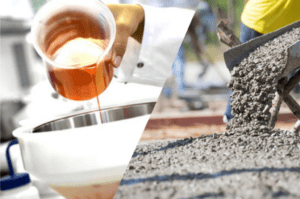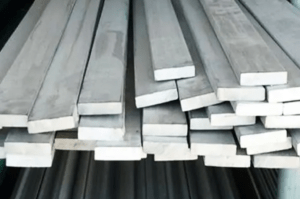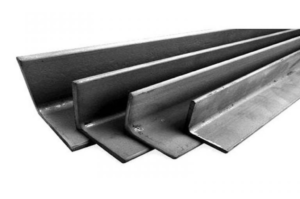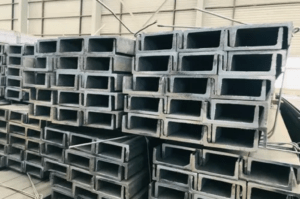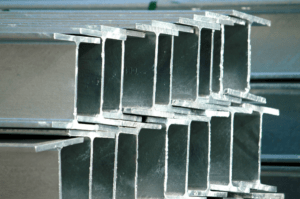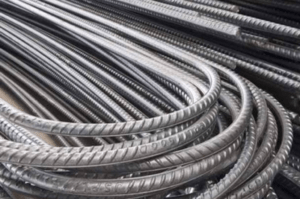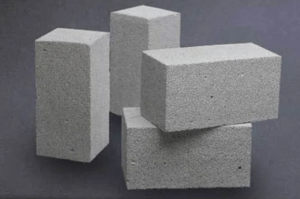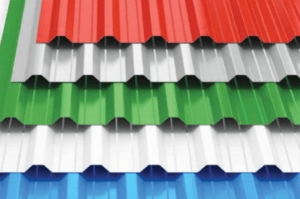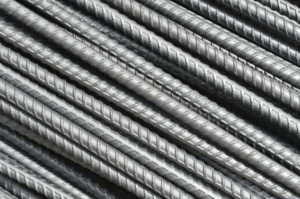
Civil Materials
- Home
- Civil Materials
Civil construction materials are essential elements used in the construction of buildings, roads, bridges, and other civil engineering projects. These materials form the foundation of any construction endeavour, providing the structural strength, durability, and functionality required for long-lasting and safe structures. Various types of civil construction materials are available, each serving specific purposes in the construction process.
Civil materials encompass a diverse range of substances vital for construction, encompassing both time-tested materials like paints and finishers and cutting-edge innovations such as construction chemicals, flats, angles, channels, columns, round bars, AAC (Autoclaved Aerated Concrete), profile sheets, and TMT (Thermo-Mechanically Treated) bars. These materials serve multifaceted purposes, including structural support, durability enhancement, insulation improvement, and aesthetic enhancement, making them indispensable components of modern buildings and infrastructure projects.
Types of Civil Materials
Paints and finishers are indispensable civil materials in construction, serving not only to add color but also to protect surfaces from environmental factors like moisture, UV radiation, and wear and tear. They contribute significantly to the visual appeal and longevity of structures, offering a wide range of colors, finishes, and protective properties tailored to different surface types and applications.
The realm of construction chemicals encompasses a vast array of additives, sealants, adhesives, and coatings designed to enhance various aspects of construction projects. These civil materials play critical roles in waterproofing, bonding, surface preparation, corrosion protection, and improving the mechanical properties of concrete and other materials. They contribute to the durability, performance, and sustainability of buildings and infrastructure.
Flats, also known as flat bars, are essential civil materials made of metal , commonly steel. These bars have a flat, rectangular cross-section and are widely used in construction for various purposes such as framing, support structures, reinforcement, and fabrication. Flats offer versatility, strength, and ease of installation, making them indispensable in structural engineering and architectural design.
Angles, characterized by their L-shaped profile, are fundamental civil materials in construction used for framing, bracing, support brackets, and structural connections. They provide stability, load-bearing capacity, and structural integrity to buildings, bridges, towers, and industrial structures. Angles come in various sizes, thicknesses, and materials to suit different applications and engineering requirements.
Channels, also known as U-shaped metal sections, play a crucial role as civil materials in structural framing, support beams, and industrial applications. They offer strength, rigidity, and versatility in construction, facilitating the creation of sturdy frameworks, trusses, and supports for various building elements. Channels are utilized in a wide range of projects, from residential buildings to commercial complexes and infrastructure developments.
Columns, as essential civil materials, are vertical structural elements designed to support loads and transfer them to the foundation in building construction. They play a pivotal role in maintaining the structural integrity and stability of structures, especially in multi-story buildings, bridges, and elevated structures. Columns come in different shapes, sizes, and materials, with reinforced concrete and steel being common choices for their construction.
Round bars, also known as rods or cylindrical bars, are solid civil materials made of metal with a circular cross-section. They are widely used as reinforcement in concrete structures, fabrication projects, and industrial applications requiring strength, durability, and corrosion resistance. Round bars enhance the structural integrity and load-bearing capacity of concrete elements such as beams, columns, and slabs, contributing to the overall robustness and longevity of buildings and infrastructure.
AAC ,a significant civil material, is a lightweight, precast concrete material with excellent thermal insulation properties and high compressive strength. It is manufactured through a process that incorporates air bubbles into the concrete mixture, resulting in a cellular structure that reduces weight while maintaining structural integrity. AAC is used for walls, floors, roofs, and panels in construction, offering benefits such as energy efficiency, fire resistance, and sound insulation.
Profile sheets, a versatile civil material also known as corrugated or profiled metal sheets, are commonly used for roofing, cladding, and decorative purposes in construction. These sheets come in various profiles and materials such as steel, aluminum, and fiberglass, offering durability, weather resistance, and aesthetic appeal. Profile sheets contribute to the architectural character, weatherproofing, and structural strength of buildings while allowing for creative design possibilities.
TMT bars ,a crucial civil material, are high-strength reinforcement bars manufactured through a specialized thermo-mechanical process that imparts superior mechanical properties. These bars are widely used in reinforced concrete structures for their excellent bonding with concrete, high tensile strength, and resistance to corrosion and fatigue. TMT bars enhance the structural stability, load-bearing capacity, and durability of buildings, bridges, dams, and other civil engineering projects.
Each of these civil materials plays a vital and nuanced role in construction, offering unique properties, advantages, and applications that contribute to the safety, functionality, and aesthetic appeal of built environments.


